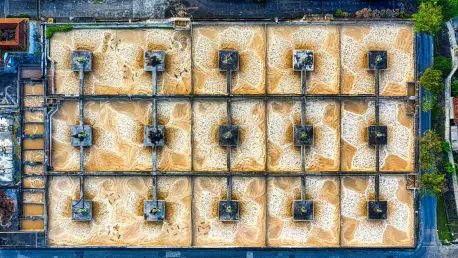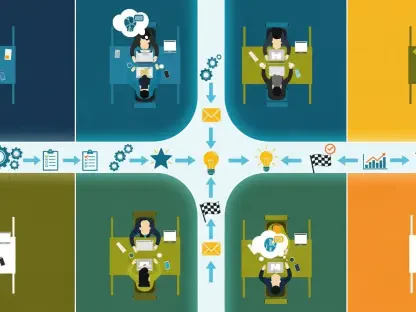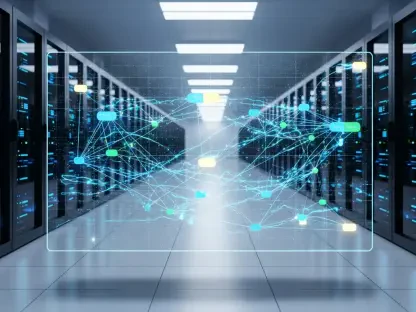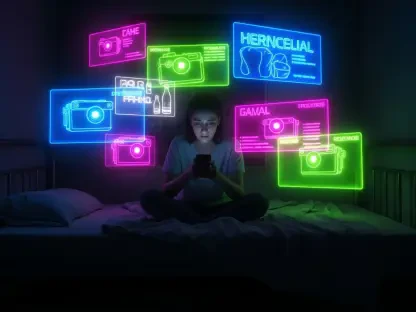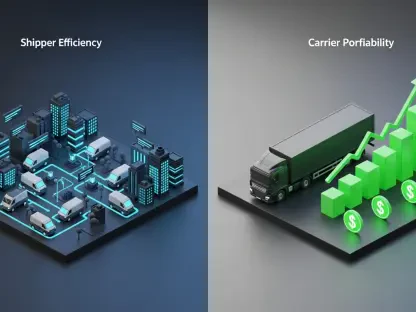I’m thrilled to sit down with Marco Gaietti, a seasoned expert in business management with decades of experience in strategic operations and innovation. Today, we’re diving into the fascinating world of renewable energy and grid management, focusing on California’s groundbreaking approach to preventing blackouts through virtual power plants (VPPs). In our conversation, Marco sheds light on how these distributed energy systems work, their impact on grid stability, the role of consumers, and the challenges and opportunities ahead for scaling this technology.
How would you describe virtual power plants, and what makes them such a game-changer for managing the electrical grid?
Virtual power plants, or VPPs, are essentially a network of decentralized energy resources—like home batteries, smart thermostats, and other connected devices—that work together as a single, unified power source. Think of it as an orchestreach instrument plays a small part, but when coordinated, they create a powerful symphony. By aggregating thousands of these small-scale systems, VPPs can deliver significant energy to the grid during critical times, helping to balance supply and demand. What makes them a game-changer is their ability to provide flexibility without the need for massive, centralized power plants, especially in a state like California where renewable energy sources like solar and wind are dominant but intermittent.
Can you walk us through the significance of the recent test in California involving major utilities and hundreds of home batteries?
Absolutely. In July, California’s three major utilities teamed up with a solar and battery provider to create a 500-megawatt virtual power plant by coordinating hundreds of residential batteries. This was a landmark moment because it showed that consumer-owned systems, when synchronized, can act like a traditional generator—rivaling half the output of a nuclear reactor. The test proved that VPPs can provide real-time grid support during peak demand, marking a huge step forward compared to smaller, less coordinated efforts in the past. It’s a proof of concept that distributed energy can be a reliable tool for grid stability.
Why are VPPs particularly critical for addressing California’s unique energy challenges?
California faces a distinct problem with what’s called the ‘duck curve’—a pattern where solar power peaks during the day, creating a surplus, and then drops off sharply in the evening when demand spikes. VPPs are critical because they store excess renewable energy during the day and release it at night, smoothing out that curve. Additionally, during extreme events like heat waves, when demand soars, VPPs can step in to supply power and prevent blackouts. They act as a buffer, reducing reliance on fossil fuel-based peaker plants and keeping the grid stable when it’s under the most stress.
What role do everyday homeowners play in the success of virtual power plants?
Homeowners are the backbone of VPPs. For these systems to work at scale, thousands of people need to participate by installing batteries or smart devices that can contribute energy back to the grid. It’s a numbers game—the more participants, the larger the collective impact. Beyond that, homeowners can benefit financially by earning credits or payments for the energy they provide during peak times. It’s a win-win: they support grid reliability and get a tangible reward for their contribution.
How do utilities manage the complex task of coordinating thousands of individual devices during peak demand hours?
Coordination is indeed a massive challenge. Utilities work with technology providers to synchronize these distributed resources, ensuring they all discharge energy at the same time—like during a specific evening window when demand peaks. This requires sophisticated software and communication systems to monitor and control thousands of devices in real time. The process involves forecasting demand, predicting renewable output, and sending signals to each battery or device. It’s a logistical puzzle, and any hiccup in communication or timing can disrupt the balance, which is why constant innovation in control systems is so crucial.
What are some of the biggest obstacles to scaling VPPs across California and beyond?
One major hurdle is cost. Home batteries, for instance, can run around $20,000, which is out of reach for many people. That price needs to drop significantly—much like we’ve seen with electric vehicle batteries over time—for VPPs to become mainstream. Another issue is infrastructure. The grid wasn’t originally built for two-way energy flow at this scale, so utilities need to upgrade software and systems to handle thousands of distributed assets. Finally, there’s the challenge of participation; even with financial incentives, getting enough consumers on board requires education and trust in the technology.
Looking ahead, what is your forecast for the future of virtual power plants in shaping a cleaner, more reliable energy grid?
I’m optimistic about VPPs. As costs come down and technology improves, I see them becoming a cornerstone of a renewable-dominated grid, not just in California but globally. They offer a way to integrate more solar and wind power without sacrificing reliability, and they empower consumers to play an active role in the energy transition. In the next decade, I expect we’ll see VPPs scaling up dramatically, supported by better policies, cheaper storage solutions, and smarter grid systems. If done right, they could redefine how we think about power generation and consumption, paving the way for a cleaner, more resilient energy future.
